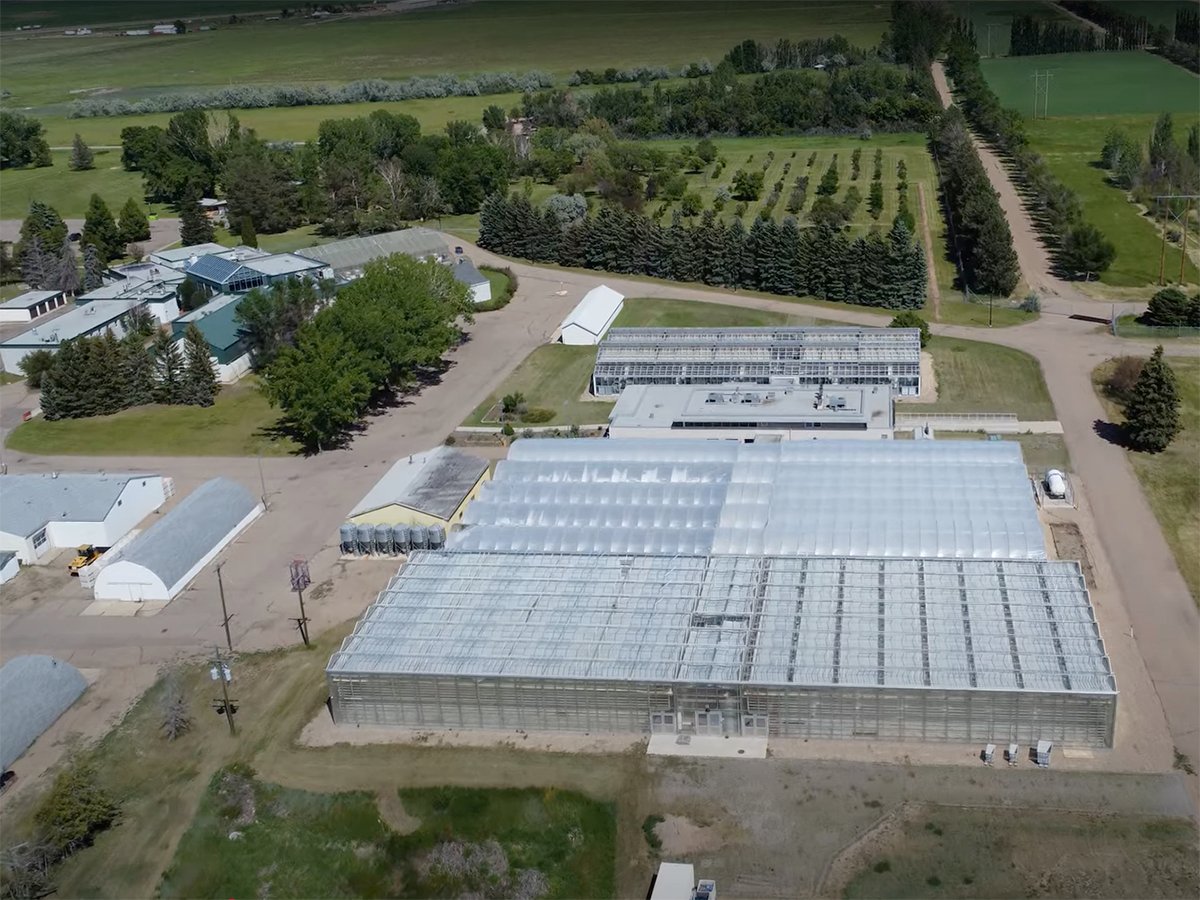TRIBUNE, Sask. – A year ago, few in southeastern Saskatchewan were concerned about lack of moisture.
A Nov. 1, 2000 storm dumped enough snow to block roads, knock out electricity, close schools and offer hope for the next growing season.
This spring the area was one of the few bright spots as much of the province prayed for rain.
Crops were off to a good start and timely rains were helping.
But it now hasn’t rained on David Pattyson’s farm just south of Tribune since mid-July.
Read Also

Alberta crop diversification centres receive funding
$5.2 million of provincial funding pumped into crop diversity research centres
“It’s a little dry,” he said.
Still, he harvested an average crop. The lack of rain moved harvest along quickly and in mid-October only a few people were harvesting chickpeas.
“The crop that shone this year was flax,” Pattyson said.
Yields were average to above average and prices are fairly strong.
Unfortunately, Pattyson didn’t grow flax.
He might next year – if he’s still farming.
He has farmed the land his grandparents homesteaded in 1910 for the past 19 years. At 1,000 acres, the farm is at the small end of the range for this area.
Pattyson would like to downsize and pick up more off-farm work. The Saskatchewan Wheat Pool delegate has done a lot of work with the South East Regional Economic Development Authority.
“I’m looking for a transition out of farming,” he said.
But it’s been some time since land in the area has sold and it’s difficult to find a tenant.
“People are almost hunkering down. They’re looking at the amount of risk and they’re not too anxious to expand.
“In the Weyburn area generally, there’s been a number of larger farmers who have called it a day.”
Last year his neighbours had good yields but poor quality. This year, they have generally good quality but poor yields.
Spring wheat and durum were hit hard by ergot and many farmers, Pattyson included, are trying to negotiate a better grade than the grain companies want to give them.
Northeast of Weyburn, purebred Hereford breeders Garth and Marilyn Charlton weren’t sure they’d get hay put up this year. They had to make small square bales from their first cut because the dry hay wouldn’t roll up into the round baler. The second cut was better.
They got more than 500 bales of wild hay, and 650 bales off another farmer’s 250 acres of lentils that didn’t pod.
“We’re in good shape for feed,” Garth Charlton said.
Hay and pasture moisture conditions are rated poor, like most of the province, and everyone wants a good rain or good snow cover.
Colin Beaulieu, extension agrologist in Estevan, said the dry weather has been a blessing in disguise for some farmers. They have been able to get into the hay sloughs and cut everything they can.
“Alfalfa is selling for better than $100 a tonne,” he said. “We’re moving a lot of hay and straw out of this area.”
That has increased cash flow and created some optimism.
Beaulieu said the increase in commodity prices, along with reasonable yields, have also put farmers in a better mood than they were last year.
Pattyson agreed the mood can change fairly dramatically when prices go up.
He is starting to line up mobile cleaners to get seed ready for next year. He’ll plant spring wheat, durum, possibly flax and canola, and he’s toying with the idea of lentils.
Disease concerns have kept him from planting crops like chickpeas.
“Risk and my credit are limiting factors,” he said. “I know farmers who have planted chickpeas for three years and lost money three years running.”
Pattyson said he expects few farmers will be applying anhydrous fertilizer this fall because it’s too dry.















